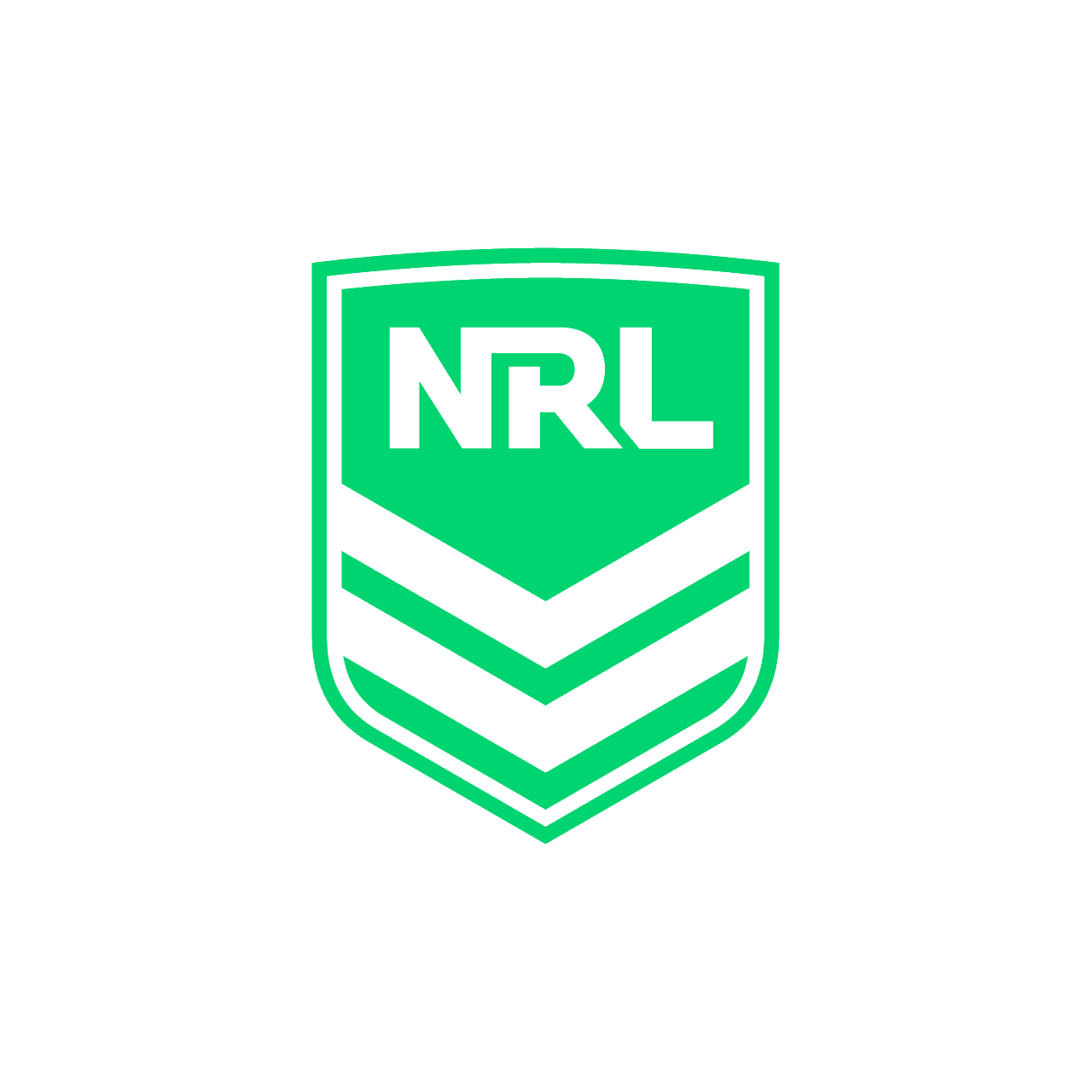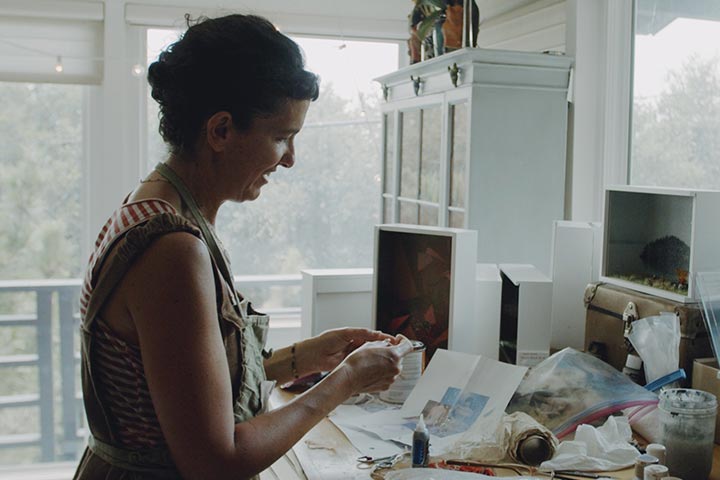Sports bring people together. Thousands of fans gather in arenas and stadiums worldwide to cheer on their teams, and millions more experience it on television and online. But creating an enjoyable viewing experience for those who aren’t in the stadium requires a lot of work behind the scenes.
I joined Australia’s National Rugby League (NRL) in 2020. NRL owns rugby rights in Australia, and we leverage our intellectual property by selling to broadcast rights-holders, including Channel 9 and Fox Sports. Our website runs parallel programming that complements the television broadcasts.
NRL began to use Dropbox in 2017 primarily to manage how partners used our assets. The NRL generates revenue by selling game footage, and, previously, anyone could set up an account to purchase it. The NRL would then send that person a link that never expired, so nothing prevented anyone from sharing that link with others. Without visibility into how people used our content, the league lost revenue.
Over the next few years, Dropbox became a centrally managed, enterprise-wide sharing platform that would allow us to control all internal and external accounts at the corporate level. Instead of sending people to an FTP site, the NRL created specific Dropbox folders that gave limited access to the footage that the rights-holder owned or was authorised to use. Seeing what footage was accessed and when was a revelation for the team. Many NRL employees were already familiar with Dropbox, so it didn’t require training.
Before I joined NRL, I perceived Dropbox as purely a storage platform. But when I stepped into a new role as Production Officer, I saw more possibilities, and I’ve tried to use it in everything we do.
More than storage, Dropbox is smart sharing
I handle all things related to media services, including licence agreements for raw footage, and creating content for internal and external customers.
This work requires sharing files with external partners. Our editors work with large files they can’t easily send via email, so we struggled to provide material to customers efficiently. Dropbox has simplified sending large files to external partners, because we never have to worry about space limitations.
All our camera crews and freelance photographers use Dropbox. Many freelance photographers and camera operators previously used their personal Dropbox accounts to send files, but they sent them to all these different places, and it was hard to keep track of everything.
Dropbox’s file request feature solves that problem by allowing me to request the file and determine where it gets saved. The photographer receives the request, and they don’t even need a Dropbox account. Once they upload the files, Dropbox then automatically populates the correct folder. This process keeps everyone more organised and cuts down on time spent receiving and retrieving material.
Dropbox groups offers structure, control and visibility
Moving to a Dropbox team account also helped with internal organisation. Before having a team account, each NRL department and individual staff members used their own personal Dropbox accounts, which limited our administrative control. With everyone on one platform, admins have greater management capabilities.
I use the groups feature in Dropbox to create a group for each department. I can then grant access to specific folders so everyone can quickly and easily find what they need and nothing more. As an admin, I can also put expiry dates on files, see what’s been shared and track who has downloaded and opened the file. I can also add or remove access or move individuals to a different group.
Dropbox’s robust feature set has improved visibility into our file-sharing activity so we know exactly what’s happening, with whom and when.
Improved remote collaboration and elimination of the email chain
NRL always saw the benefits of adopting Dropbox, but the pandemic highlighted different features and fast-tracked our use of the product. After the initial onset of the pandemic, we began to host live games again with restrictions. We needed a way to share content quickly with broadcasters and other parties that couldn’t physically be in the stadium.
Dropbox helped us push that material out easily and quickly. Instead of just sharing a Dropbox link for each file, I create a folder for each of our external partners and add their email address to the folder, giving them access to files they need even if they don’t have a Dropbox account. With access to their folder, they can see content as it comes in from our camera crews and photographers.
Editing footage requires a lot of collaboration, which was straightforward when everyone was in the office. But moving to remote work means we can’t just pop over to someone’s desk to view video footage together, and it’s impossible to recreate that in-person discussion with back-and-forth emails. Comments would get lost when we compiled email feedback, and because email doesn’t happen in real time, an editor might get another message after they’ve completed an edit, requiring them to do more work.
We ended all that by trialling Dropbox Replay, which allows us to review footage with the entire team in real time. Replay eliminates the need for an email chain. I simply provide a Replay link and set a deadline for team members to provide feedback, and they leave their comments at exact timestamps in the video. Feedback is quicker, more accurate and all in one place, even when we work in different places.
Using Dropbox on an enterprise level has unlocked more functions and benefits than I thought possible.






